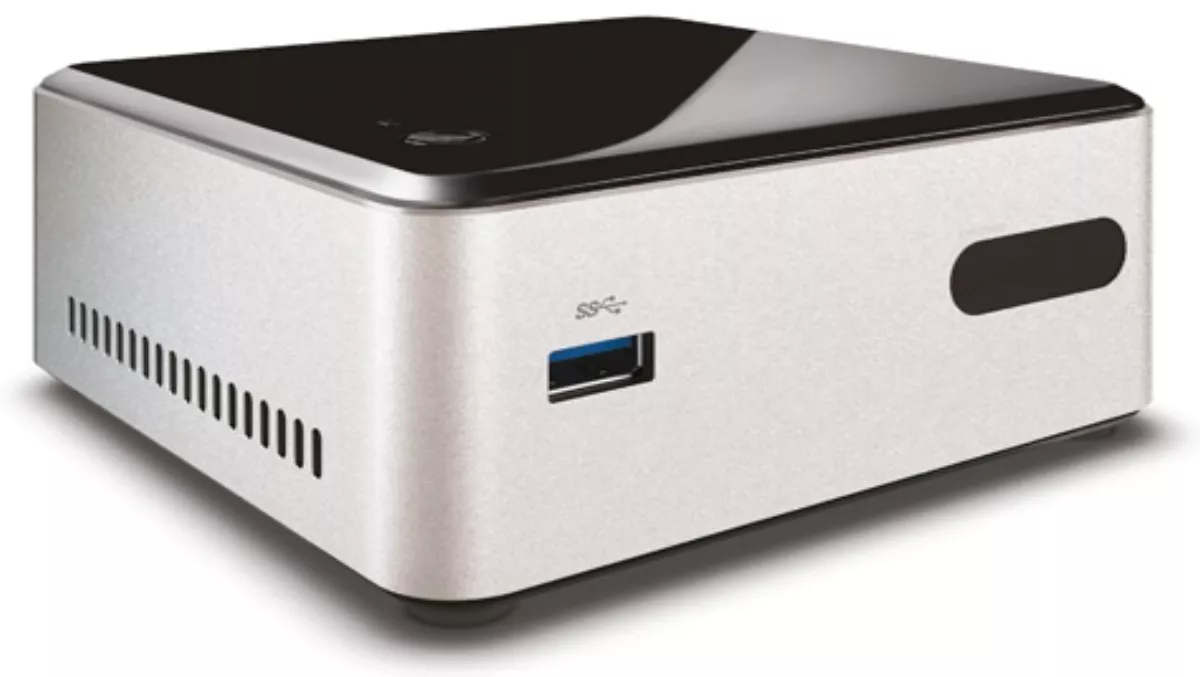
Review: Intel NUC
The Intel NUC has been around for a while but hasn’t set the world alight. With its latest model, Intel aims to become a standard for computers, and make a sizeable dent in the enterprise space.
I’ve always liked the idea of a standardised computer. After all, the majority of the computers out there are pretty much standard, with little variance between them. The Microsoft and Linux world have been missing a standard device, unlike OS X developers. The less variance you have to develop for, the more functionality you can create. For fractionation, just look at Android and the range of devices developers have to build for.
The NUC has amazing capabilities, it’s small enough that it can be used for a variety of use cases, from a desktop replacement, a presentation hub, a home media device, to a small server. The NUC comes without RAM or a hard drive. The review device came with a an SSD, the standard for computers nowadays and the full 8GB of RAM allowed.
A range of CPUs is available for the NUC, ranging from an Intel Atom, through Celeron to an i5 so the power that can be unlocked is quite variable dependent on the needs of the end user. But due to its standard modular format, developers can really unlock the power inside.
The NUC also supports multiple OSs, being designed to work with both Windows and a range of Linux distros. I didn’t test it with OS X, but there are hackintosh images out there that do work on the NUC giving you the holy grail!
This gives the ability for it to triple boot (my favourite). I use Windows when I have to, Linux for development and OS X for sanity. So the ability of the NUC to quickly flip between them means I can work on client projects or research their applications, then develop in Linux (as well as being able to test across all OSs). Being such a small device, I can throw it in a bag and take it to clients as there’s usually always a spare monitor and I use my Rapoo keyboard for a fully mobile desktop solution!
The NUC also has a home as a media centre, running either XBMC, Plex or the distro that’s starting to become popular; Openelec. It does these very well, running quite quietly even under full load.
The NUC isn’t going to set the world alight in terms of power, but since most applications are now in the cloud and a lot of number crunching can be handed off, the NUC definitely has the opportunity to be a cheap enterprise solution.
Pros:• Form factor, it’s quite tiny• Discreet, yet able to handle normal applications• Cheap for a desktop replacement
Cons:• Limited to 8GB RAM• Celeron processor can occasionally get overwhelmed
Summary:The Intel NUC is an interesting device, I can see its use in a number of projects where it is easy to use that standard form factor and a range of OSs. As it has a Celeron processor, it could be used for the standard enterprise desktop replacement, especially if you’re running VDI or similar. As a PXE system, it could be good!
Score3.5 / 5


